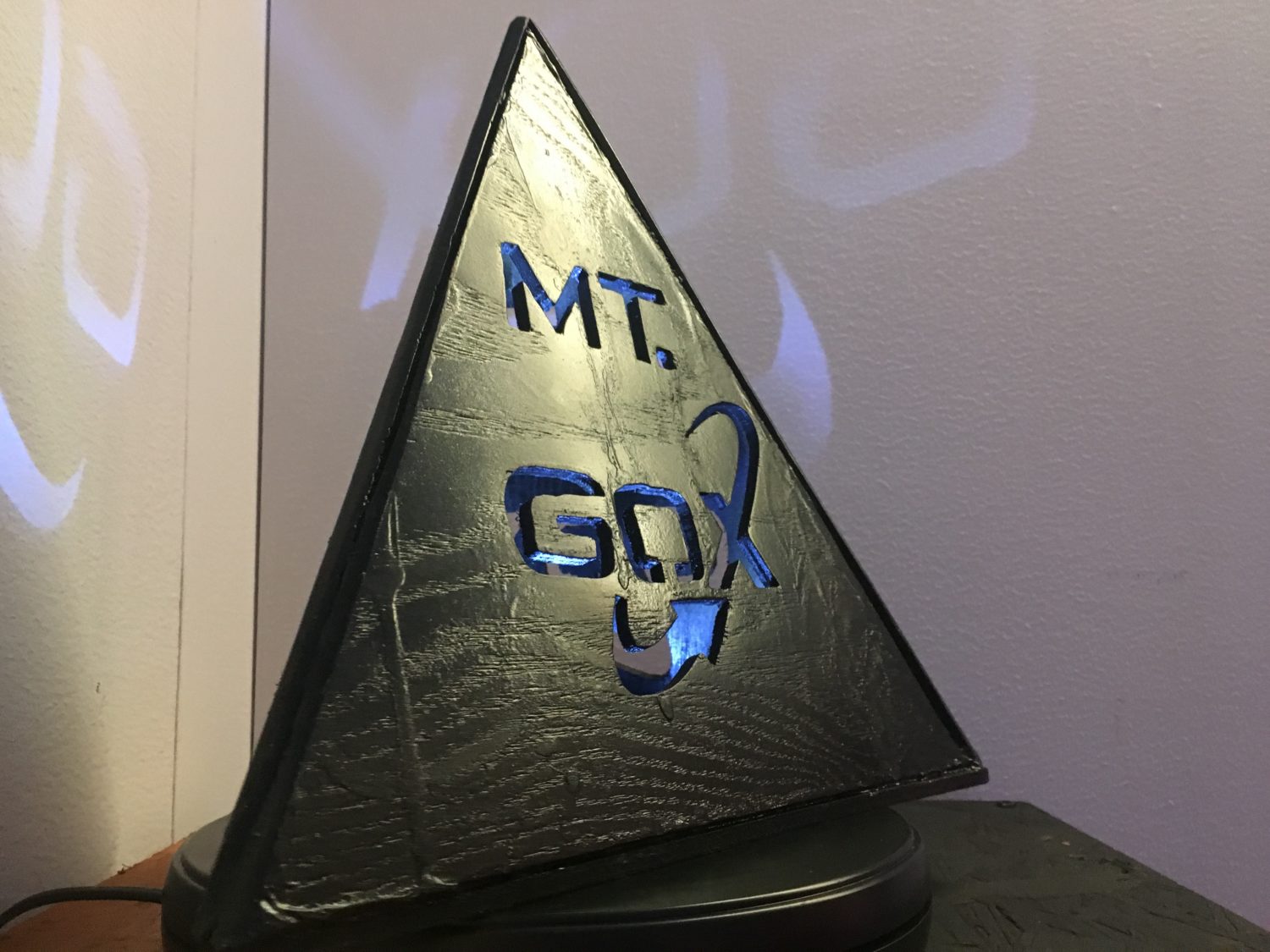With Code of Conduct, Trade Group ADAM Seeks Legitimacy for Crypto

One year after its formation, the Association of Digital Asset Markets (ADAM) has drafted a code of conduct for the cryptocurrency market.
The trade group has also recruited five more companies, bringing its total membership to 15. The new members are: custodians BitGo and Anchorage, trading firm and VC investor CMT Digital, lender BlockFi, and prime brokerage Tagomi.
Released Tuesday, the draft is part of an ongoing effort by institutionally-focused companies to bring legitimacy to an industry regarded by traditional investors and regulators as a digital Wild West.
“The digital asset industry has had a rocky first decade. Crypto investors have learned all the hard lessons of a century’s worth of financial crime and scandal in the course of ten years,” said Dan Burstein, the general counsel and chief compliance officer at the Paxos exchange, one of the group’s 10 founding members.
“There hasn’t been a lot of transparency,” he added. “Investors don’t always know what’s a reliable place to conduct their trading.”
To rectify that situation, the code sets standards for governance, ethics, transparency, fairness, compliance, risk management, information security and business continuity, as well as preventing conflicts of interest, market manipulation, money laundering and terrorism financing.
For example, the draft says ADAM members should “be truthful in their statements, use clear and unambiguous language, make clear whether the prices they are providing are firm or indicative, and provide to clients and counterparties all material information” about business relationships.
Next, ADAM will circulate the draft to its members for feedback. The group expects them to sign a final version of the code in early 2020.
“As digital asset markets … become ever-more enmeshed in capital markets, it is important … to level the playing field and establish the high standards and operating protocols deserving of this promising and innovative asset class,” said Philippe Bekhazi, CEO of XBTO Group, another ADAM founding member, in a press release.
Does it have teeth?
Although it is not a regulatory document, companies that are found to have violated the code run the risk of being kicked out of the association and losing what ADAM hopes will become a powerful imprimatur in the market.
“Being associated with ADAM is a signal to investors, business partners and regulators that you are making an effort in good faith to live by certain standards,” Burstein told CoinDesk.
ADAM’s is not the first code of conduct for the nascent crypto industry – Global Digital Finance (GDF), a London-based trade group with more than 70 members, released one last year.
That code totals more than 15,000 words, divided into eight separate PDF files. ADAM’s code is comparatively tidy: less than 4,000 words in a single, 12-page document.
Because ADAM’s membership (all US) includes different types of companies with different business models, “we can’t be too prescriptive,” Burstein said. Instead, it took a “higher-level, principles-based approach,” setting general guidance rather than narrow rules.
“The idea is not to tell people what they should be doing at all times,” he said. “We are, after all, in an innovation industry.”
Philippe Bekhazi image via CoinDesk archives










